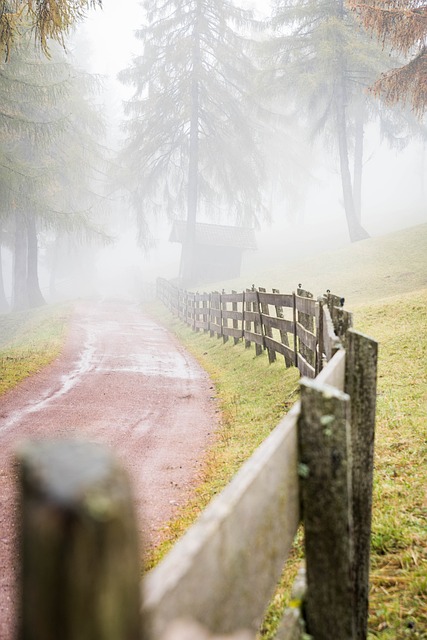DIY Fence Installation Tips for New Bedford, Massachusetts Homeowners
Considering a DIY fence installation? For New Bedford homeowners, the process begins with understanding your options—wood, vinyl, chain link, or iron—each offering unique benefits and styles. Before you start, precise measurement and planning are crucial to ensure your fence aligns with your yard’s dimensions and design. This article guides you through essential steps, from preparing the ground to assembly, while also navigating local regulations and permits to ensure a successful and compliant installation.
- Understanding Your Fence Options for New Bedford Yards
- Measuring and Planning Your Fenceline Accurately
- Preparing the Ground: Essential Steps Before Installation
- Step-by-Step Guide to DIY Fence Assembly
- Local Regulations and Permits: What Homeowners Need to Know
Understanding Your Fence Options for New Bedford Yards
When considering DIY fence installation, New Bedford homeowners have a variety of options to choose from based on their yard’s unique characteristics and personal preferences. Wood remains a popular choice for its classic aesthetic appeal and relatively low cost. Vinyl fencing is another durable option known for requiring minimal maintenance, making it ideal for busy property owners. Alternatively, chain link fences offer both security and versatility, suitable for larger yards or areas needing added protection. Before starting your installation project, carefully evaluate your yard’s layout, existing structures, and aesthetic goals to determine the most fitting fence type.
Measuring and Planning Your Fenceline Accurately
Before you begin installing your new fence, precise planning is essential. Start by measuring the perimeter of your desired fenceline accurately using a tape measure or laser measurement tool. Take note of any existing structures, trees, or other obstacles that might affect the layout. Create a detailed plan outlining the length and placement of posts, gates, and panels to ensure a smooth installation process.
Accurate measurements will help you obtain the right materials and avoid unnecessary adjustments later on. It’s crucial to consider local regulations and property lines to ensure your fence installation complies with New Bedford’s guidelines. A well-planned fenceline is the foundation for a successful DIY fence project, ensuring both aesthetic appeal and functional effectiveness.
Preparing the Ground: Essential Steps Before Installation
Before installing your new fence, preparing the ground is a crucial step that should not be overlooked. Start by clearing the area where the fence will stand, removing any vegetation, rocks, or debris. This ensures a smooth and level surface for your fence posts to sit upon. Next, mark out the perimeter of your desired fence line using stakes and string to guide you during installation.
It is also essential to test the soil conditions and ensure they are suitable for supporting the weight of your fence. In New Bedford’s diverse climate, consider potential ground movement due to temperature changes, as this could impact the stability of your fence over time. Compacting the soil properly after digging can help mitigate these effects and ensure a solid foundation for your new barrier.
Step-by-Step Guide to DIY Fence Assembly
To assemble your fence, start by laying out the posts in the desired location, ensuring they are evenly spaced and aligned. Mark the post positions with stakes and string for a straight line. Dig holes for each post using a post-hole digger, making sure the holes are deep enough to support the length of your fence. Place concrete into the holes, allowing it to set completely. Once the concrete is cured, attach the horizontal rails to the posts using brackets or nails, securing them tightly. Then, connect the pickets (vertical boards) to the rails using nails or screws, ensuring they are level and evenly spaced. Regularly check for any wobbles or gaps during construction for a sturdy final product.
Local Regulations and Permits: What Homeowners Need to Know
Before beginning any DIY fence installation project, New Bedford homeowners must familiarize themselves with local regulations and permit requirements. Each municipality has its own set of rules regarding property alterations, including fencing. Failure to comply with these guidelines can result in costly fines or even the necessity to dismantle and redo the work.
It’s crucial to check with the New Bedford Planning Department or a similar authority to understand what permits are necessary for your specific fence type, size, and location. They can provide you with the latest information on set-back requirements, height restrictions, and any design considerations that must be incorporated into your fence installation plans. Taking the time to ensure compliance will save you headaches down the line and contribute to a successful DIY project.
